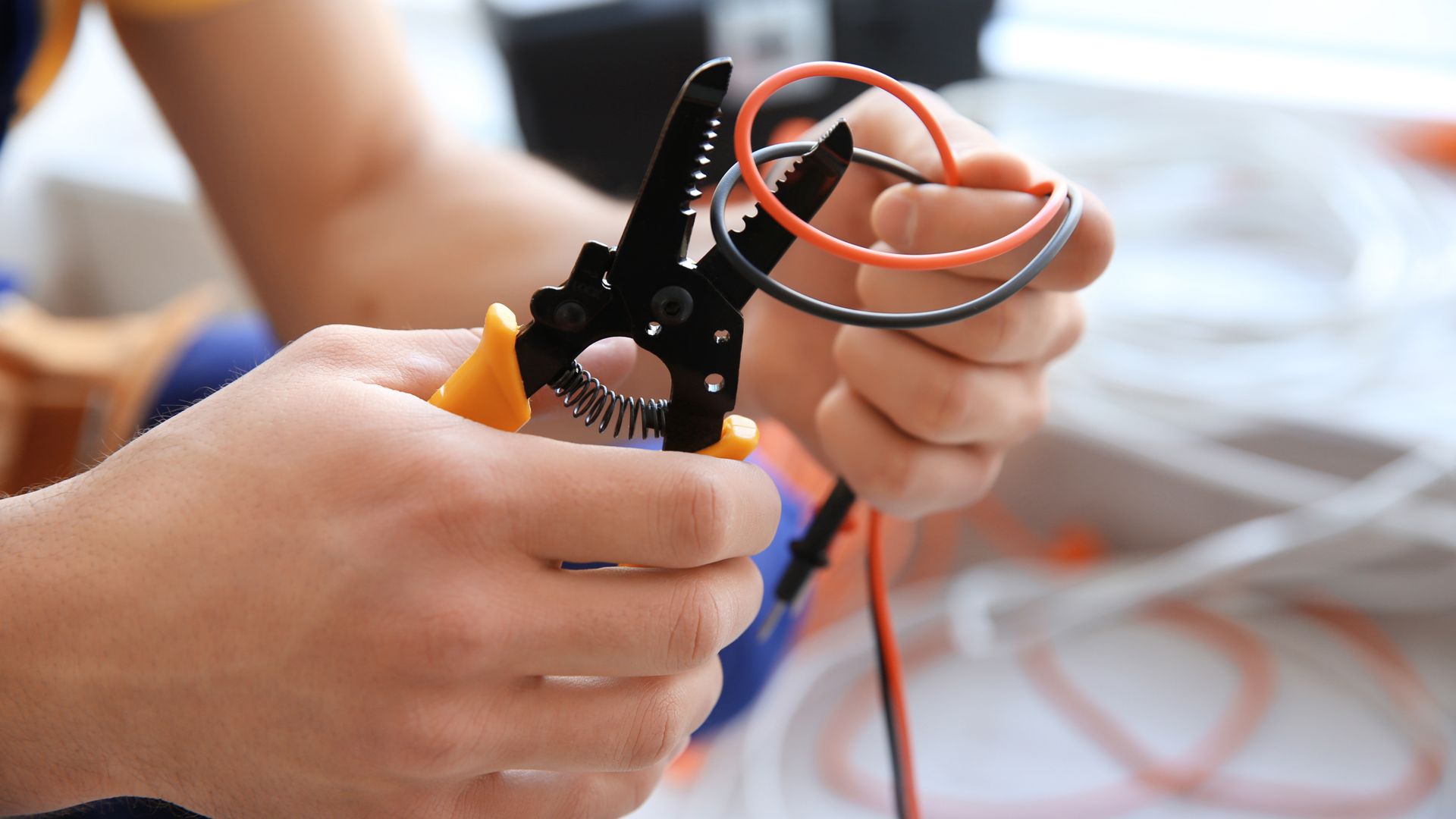The popularity of electric vehicles and plug-in hybrids has grown significantly in the last few years, especially with plentiful public charging stations now available. One of the most appealing aspects of an all-electric vehicle is never having to use a gas station again, while plug-in hybrids make it far less necessary. Both require the batteries to be recharged often, however, and though many models can be charged with a 120-volt household outlet, upgrading to a 240-volt, level-2 charging station can drastically reduce charging time.
Installing the Circuit for the Charging Station
With a standard 120-volt outlet and charger, electric vehicles can take over 18 hours to fully charge and hybrids can take over 8 hours. A 240-volt electric car charging port can cut that time to as little as three to five hours, making it easy and convenient to charge your vehicle at home.
To install a level-2 charging station, you will first need a qualified electrician to install a dedicated 240-volt circuit. While most electric vehicles require 16 to 40 amps of charging current, it is a good idea to install a 50-amp circuit to ensure you can use a higher-capacity charger in the future.
Another factor to consider is the type of installation. Although it is possible to permanently wire your charging station to the 240-volt circuit, it is more practical to install a standard NEMA 6-50 outlet, similar to a clothes dryer, and to use a NEMA 6-50 plug and cord to supply the charger with power. This makes it easy to move your charging station or replace it, if necessary.
Choose a practical location to install the outlet and charger, such as near the front of the garage, where the charging cord can reach a vehicle that is parked either inside or outside. Mount the charging station securely near the outlet. If you do not have a garage, outdoor outlets and charging ports are an option.
Choosing Your Charger
There are a number of charging stations available, both from vehicle manufacturers and third-party distributors. When you are choosing a charging station, you should consider the following factors:
- Electrical connection – If you install a NEMA 6-50 outlet, choose a charger with a NEMA 6-50 plug. Otherwise, choose one that is designed to be permanently wired.
- Charge current – Choose a charging station with a current draw less that the rating of your circuit. If you installed a 50-amp circuit, you should be able to accommodate nearly any charger currently available.
- Charge rate – Smaller-capacity electric vehicles have charge rates as low as 3.3 kilowatts, while larger-capacity vehicles may have a rate up to 7.2 kilowatts or higher. Choose a charger that meets or exceeds the rate required by your vehicle.
- Cord length – Choose a charger with a supply cord long enough to reach your vehicle, both inside the garage and outside it. For most vehicles, a 16-foot cord should be long enough, but you may want to consider a 25-foot cord for extra reach.
- Plug type – Make sure you choose a charger with the correct plug for your vehicle. Most electric vehicles use the industry-standard SAE J1772 plug, though there are some exceptions.
- Communications – Some chargers offer Wi-Fi communication to allow you to monitor charge status and receive notifications. This can be a convenient option to ensure your vehicle is charging correctly.
Electric Car Charger Installations in Southern MD
At John Goudie Electric, we offer complete installation services for electric car chargers throughout Southern Maryland and Northern Virgina. Our licensed, professional electricians can help with all your residential or commercial electrical needs, from electric car charging port and USB outlet installations to service panel upgrades and complete electrical installations.
Call us today at F:P:Sub:Phone} or contact us online to schedule an electric car charger installation anywhere in Southern Maryland, including Waldorf, La Plata, and Leonardtown!
